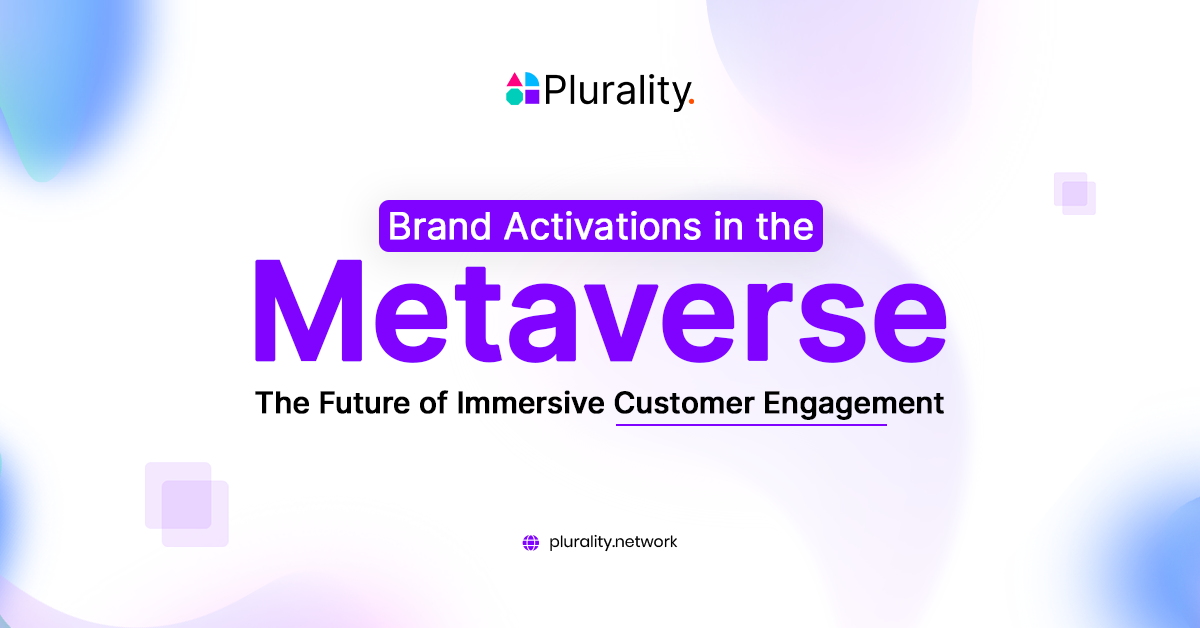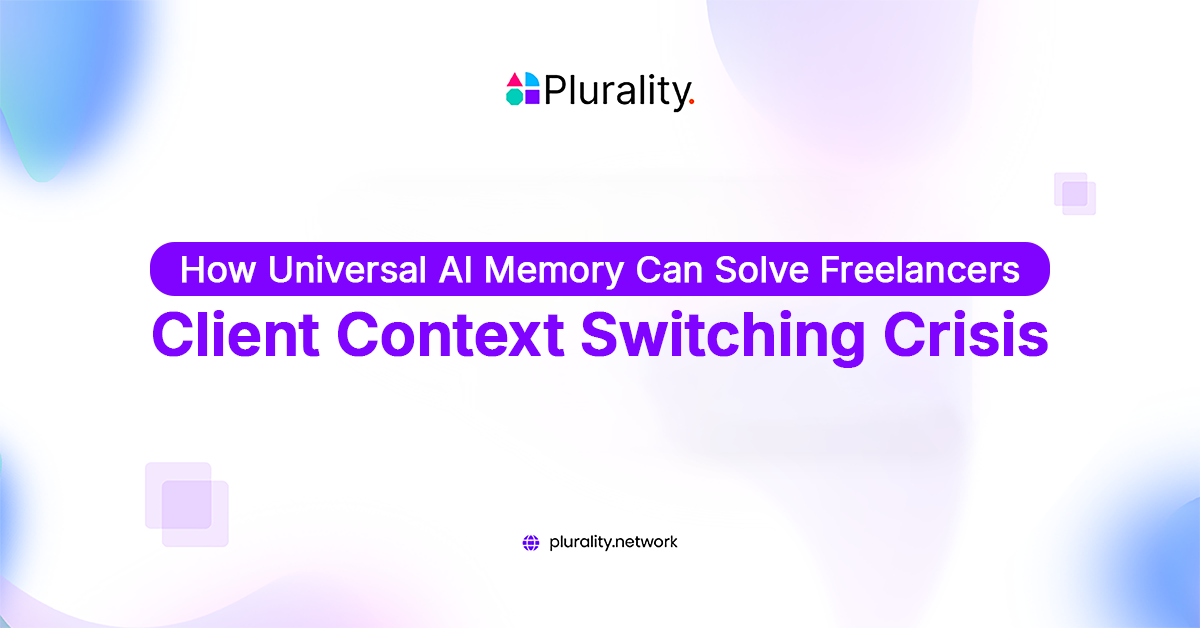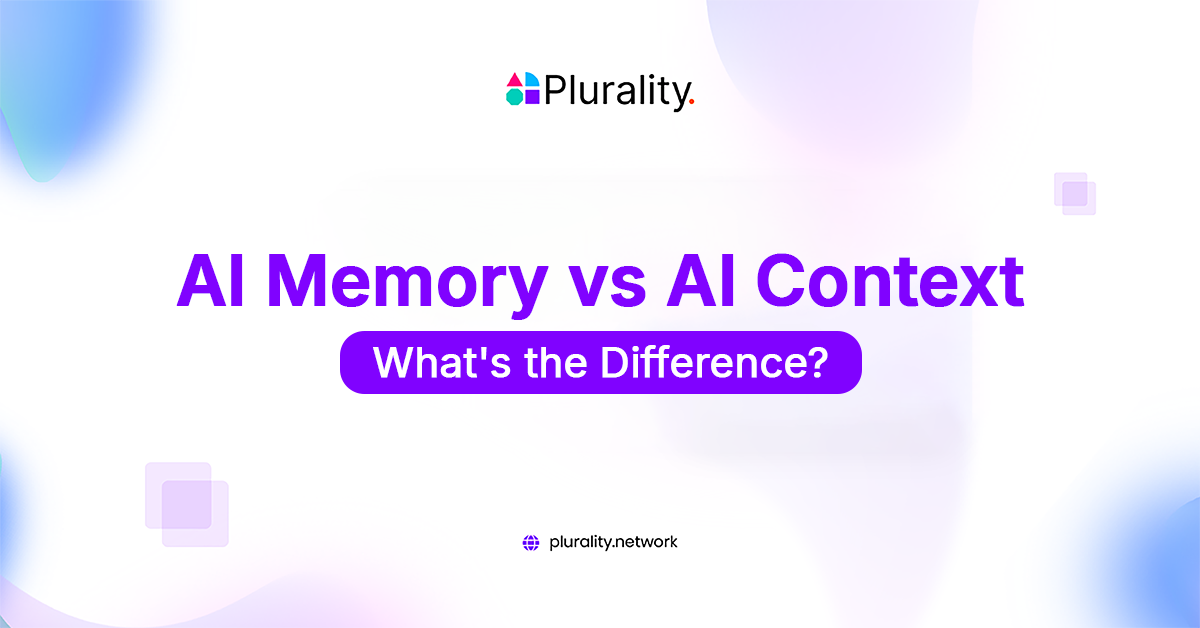Brand Activations in the Metaverse: The Future of Immersive Customer Engagement
By Alev • September 27, 2024

Brand activations have evolved entirely in how brands interact with consumers and audiences as they discover new avenues for engagement in the digital realm, mainly through the metaverse.
Metaverse is much more than a trend because it represents a change in how consumers interact with brands. It is making immersive and interactive experiences that go beyond straightforward old-school advertising.
Brands are no longer limited to static marketing channels; they can now engage users in fully interactive environments where the digital and physical worlds overlap.
Why brands now need Metaverse more than ever
One of the metaverse’s main attractions is the ability to create immersive brand experiences. This is quite far from the old ways of digital marketing, which often lead to passive content consumption—potentially like watching a video or viewing a banner ad—rather than high degrees of action and interaction.
Now, with avatars or virtual spaces such as Roblox, Decentraland, or Fortnite, users can interact with a brand’s products and services in 3D. This is a natural attraction for the younger demographic, such as Gen Z, who is more complicated to target through more traditional means.
Gucci’s digital activations on Roblox work very well. Customers can buy digital variants of their items and view them on their avatars. These activations foster brand affinity in a manner that traditional advertising does not. They blend entertainment with self-expression.
Similarly, Nike and Adidas have launched virtual sneakers that customers purchase and wear in metaverse spaces.
The Experience of Phygital Products
One of the major innovations introduced by the metaverse is the concept of phygital products—products that exist in both digital and physical forms. This approach blends physical experiences with digital ones, allowing users to purchase a product in the real world and receive a virtual version that can be used within metaverse platforms.
For example, Walmart’s metaverse strategy for Roblox includes its experience in the form of Walmart Discovered. At this site, users can try on different virtual worlds, interact with products, and purchase in the real world with their choices made right from within the game.
By including commerce in the virtual environment, Walmart uses this ‘bridge’ between a digital experience and physical shopping. Ultimately, this has added engagement and opened up new brand revenue streams.
One significant advantage of brand activations in the metaverse is that they can promote real-time engagement with the consumer through interactive events. Bloomingdale, for instance, released a fully immersive virtual shop for the holidays where its products were only digital, and it partnered with other brands.
These events encourage users to engage more with the brand, increasing loyalty and recall.
Gaming as a Driver of Brand Engagement
This metaverse concerns more than retail brands, especially with sectors like gaming experiencing a substantial rise in brand partnerships. Brand investment in gaming platforms includes creating an experience where users can interact with the product in a fun and engaging manner.
GEEIQ stated that by 2023 to 2027, gaming would surpass the engagement of traditional social media, with users spending more than two hours per day in-game.
Platforms like Roblox, Minecraft, and Fortnite allow brands to invite people to virtual events, sponsor experiences inside the game, and even introduce products through an interactive story. This has raised brand awareness and penetrated new micro-demographics that are difficult to attain through traditional channels.
Target partnered with Fortnite to let players race through shopping carts in the game, transforming a seemingly mundane experience into an exciting, gamified interaction.
Such activations make it easier for brands to connect with users personally, creating memorable experiences that drive loyalty and future purchases.
Brand loyalty in the virtual world lasts long
One of the most significant advantages of brand activation in the metaverse is the potential to build long-term loyalty. Virtual environments’ stimulation of repeated behaviors ultimately helps to develop a more profound emotional link between consumers and brands.
In addition, it allows users to return to such experiences multiple times, thus enabling ample opportunities for re-engagement through time-bound events.
Gucci’s collaboration with Zepeto allowed the brand to create a virtual fashion show with exclusive digital items sold to users to apply to their avatars. Such experiences showcase how creative a brand can be and resonate with those who value personalization and exclusivity.
Multi-dimensional business growth and brand activity
Beyond engagement, this metaverse also opens completely new revenue streams for brands. In-game digital goods purchases—like fashion items, accessories, and branded environments—are becoming more common.
So, companies such as Carrefour, which is opening a virtual supermarket in The Sandbox, can extend their reach by experimenting with new business models.
Another critical aspect of UGC in gaming that has come to the forefront is the possibility of brands co-creating with their audiences. For example, on a platform like Roblox, a user can create his or her versions of brand items, which can be owned communally, enhancing brand loyalty.
Conclusion: The Future of Brand Engagement in the Metaverse
As the metaverse continues to evolve, brands that embrace this new frontier will unlock a powerful avenue for engaging consumers in immersive, interactive experiences. From physical products to virtual events, the metaverse allows for brand activations that offer a unique blend of entertainment, personalization, and commerce.
Brands like Gucci, Walmart, and Carrefour have already demonstrated the potential of virtual worlds to create long-lasting consumer loyalty through seamless, real-time engagement.
The Reality Spectrum Matrix (RSM) by Plurality Network is crucial to enabling these experiences across different platforms. RSM ensures that users’ digital profiles, preferences, and interactions remain consistent and connected across various virtual environments, from Roblox to Decentraland.
This cross-platform connectivity allows smoother transitions between experiences, ensuring that brands can engage with their audiences more meaningfully, no matter where they interact.
As technology advances and consumer expectations grow, the metaverse, supported by tools like RSM, will redefine how brands engage, interact, and build loyalty with their audiences. The future of brand activations is more immersive, interconnected, and personalized than ever.



